Print artists: Richard Hamilton
Do you own a print by Richard Hamilton? Print Appraisers can appraise, research, authenticate and provide certificates of authenticity (COA) for all prints by Richard Hamilton.

Richard Hamilton was a British artist, recognized as one of the first Pop artists. While Hamilton is most remembered for his paintings and collages, he created a number of innovative prints, which utilized a variety of print techniques.
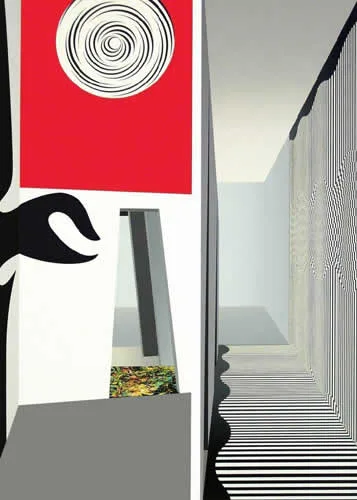
TiT, 2002. Screenprint, 30 colors.
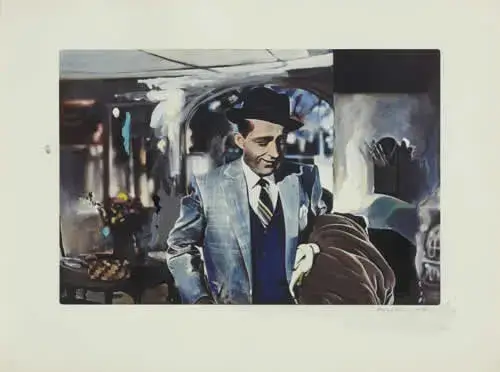
I’m Dreaming of a Black Christmas. Screenprint on collotype. 1971
The London born artist studied at St. Martin’s School of Art before entering the Royal Academy, from which he was expelled. Hamilton was not dissuaded and enrolled at Slade School of Art. Hamilton’s career started to take of in the 1950s, aided by his association with the Independent Group, often seen as forerunner to Pop art. By the 1960s, Hamilton had become a public figure, appearing in films and designing a collage for the Beatles’ White album in 1968.
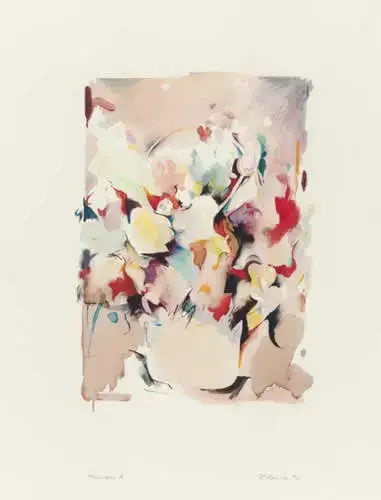
Flower Piece A, 1974. Collotype
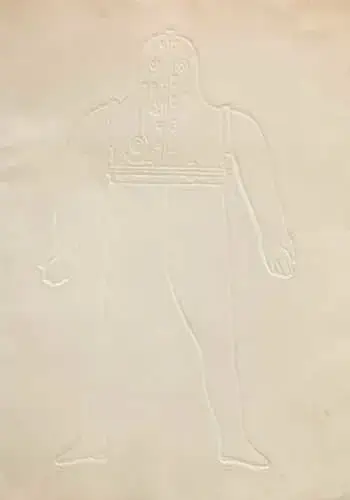
Untitled, ca 1951. Inkless embossing.
In the 1970s, Hamilton shifted his focus from collage and painting to printmaking. Hamilton’s prints were far from simplistic. He often combined techniques or used numerous registered colors. Print techniques used include: screenprint, collotype, heliogravure, aquatint, embossing, open bite, stencils, lithography, etc.
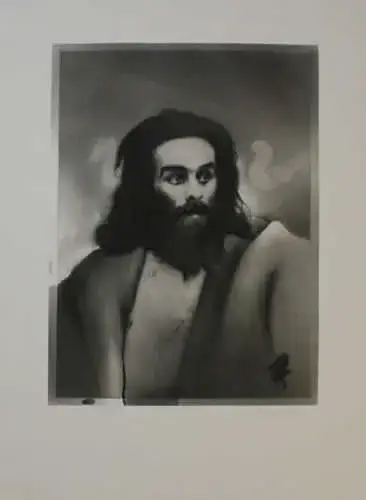
Finn MacCool. 1983. Heliogravure, aquatint
Hamilton is now regarded as one of Britain’s most important artists of the 20th century. The Tate held a major retrospective in 2014 and his work continues to be popular among private collectors.
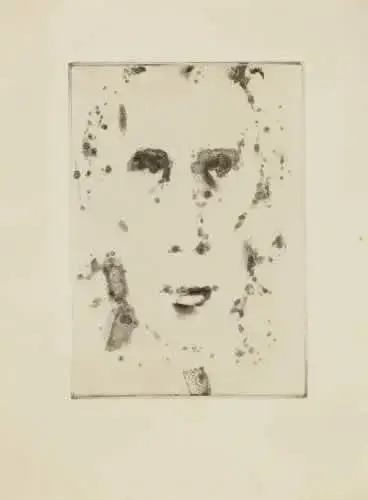
Self Portrait, Aquatint, open bite. 1949